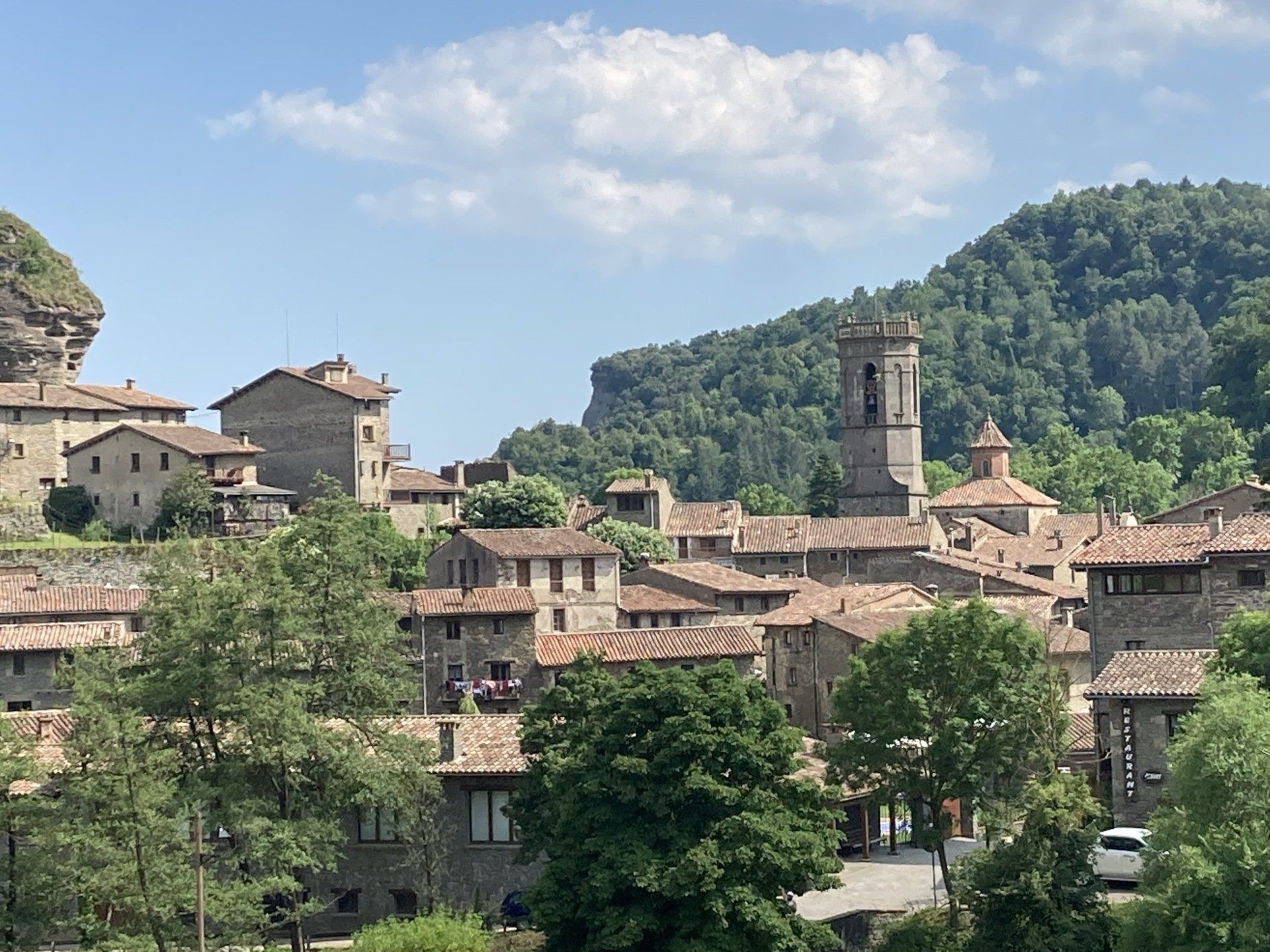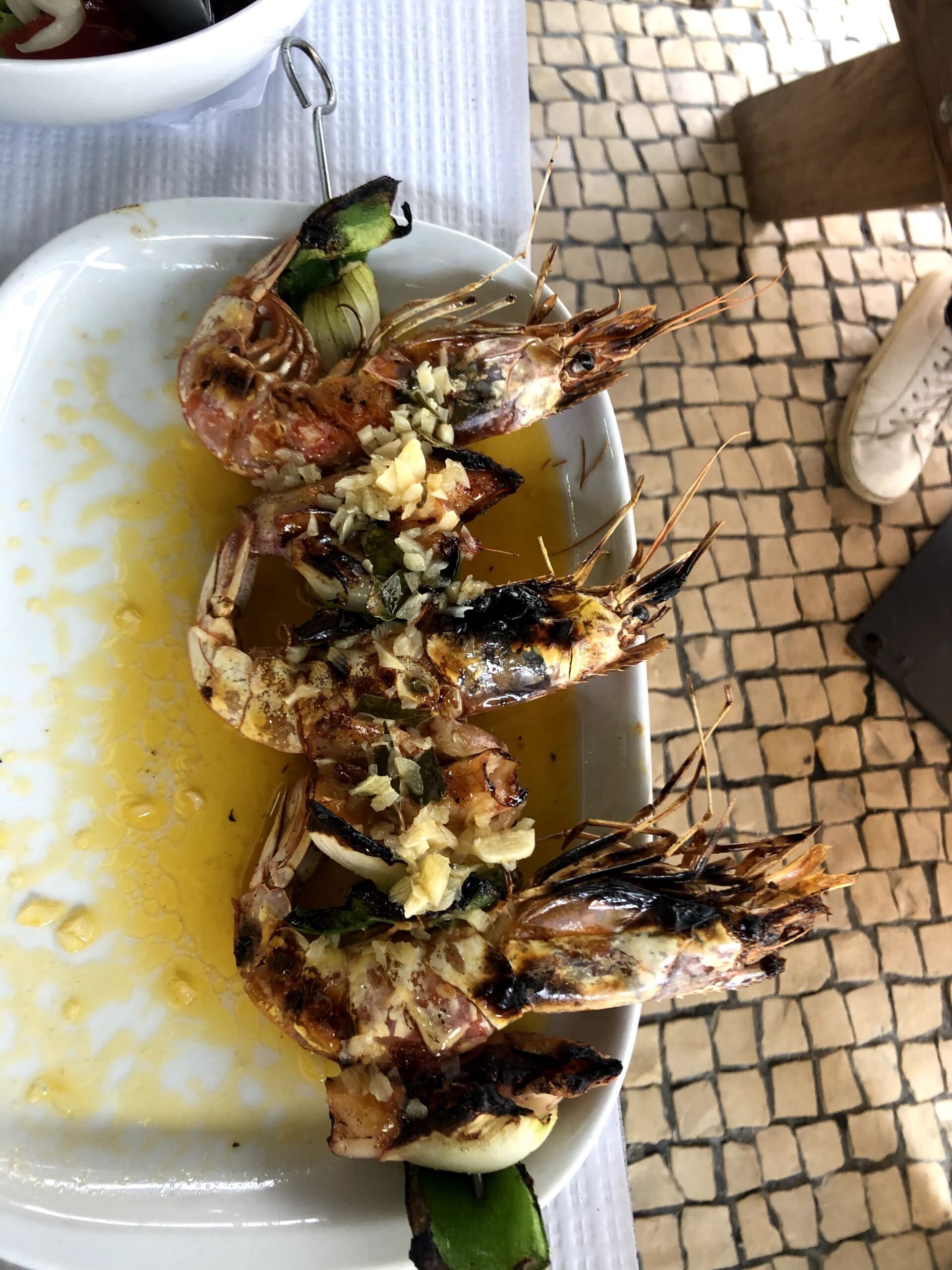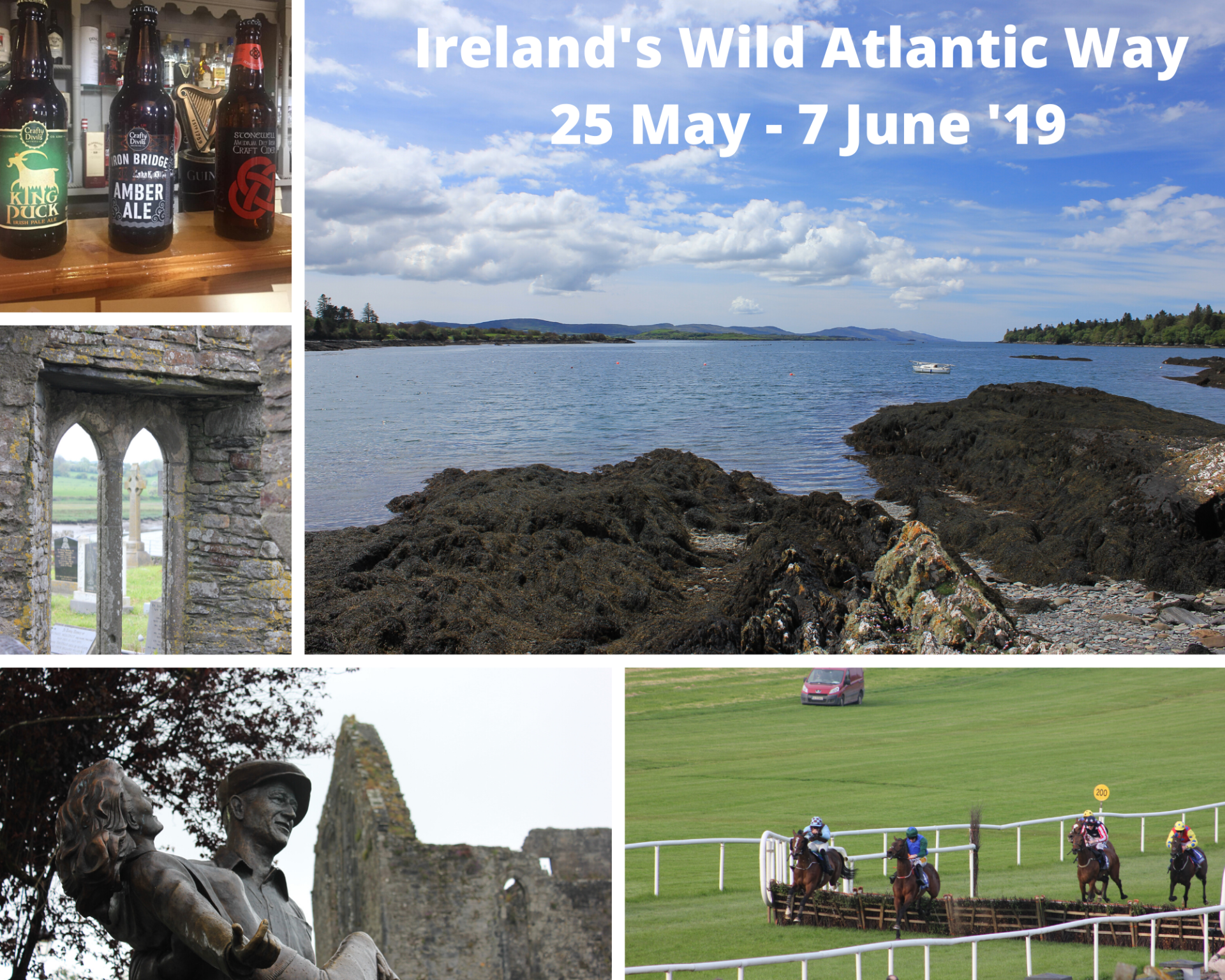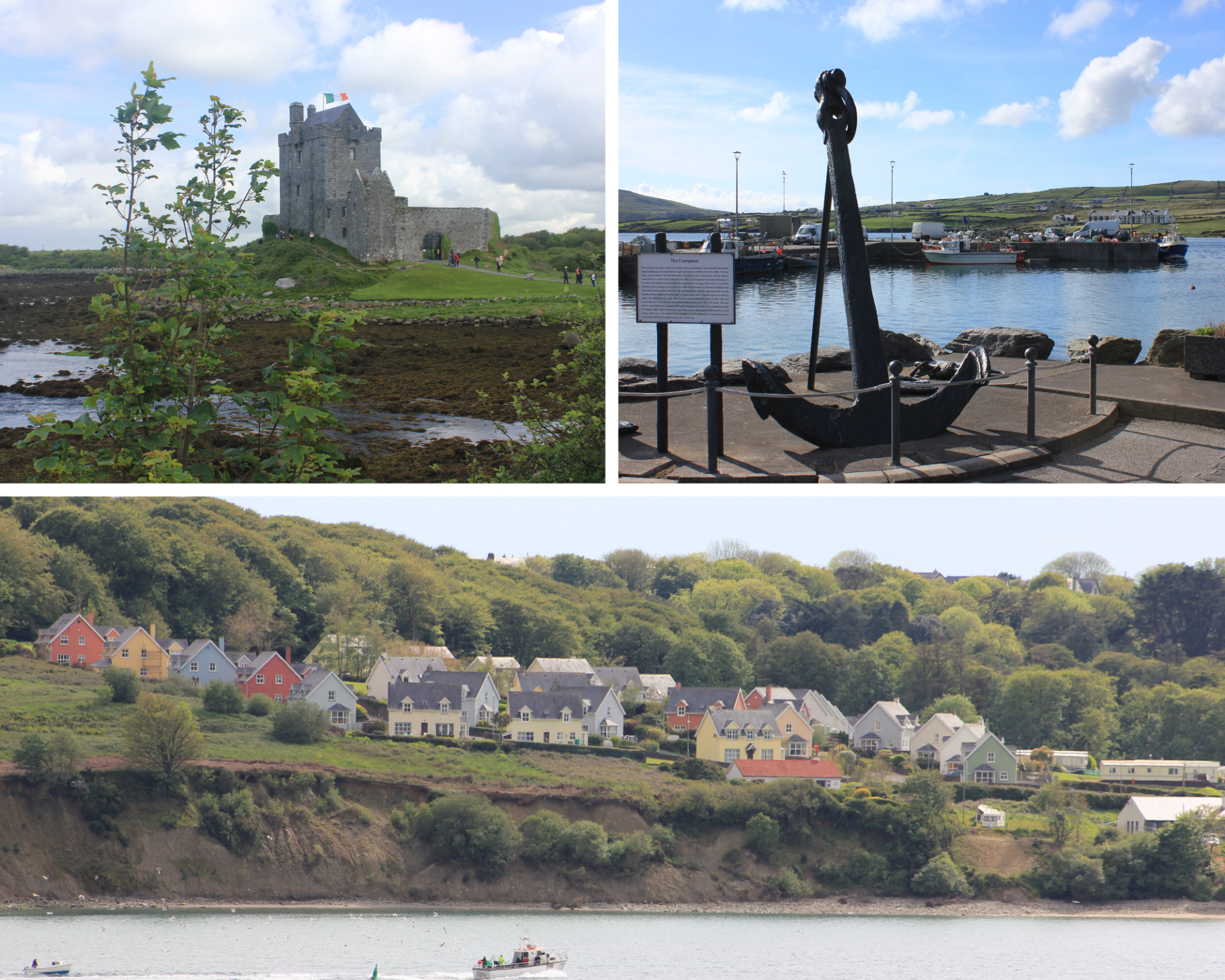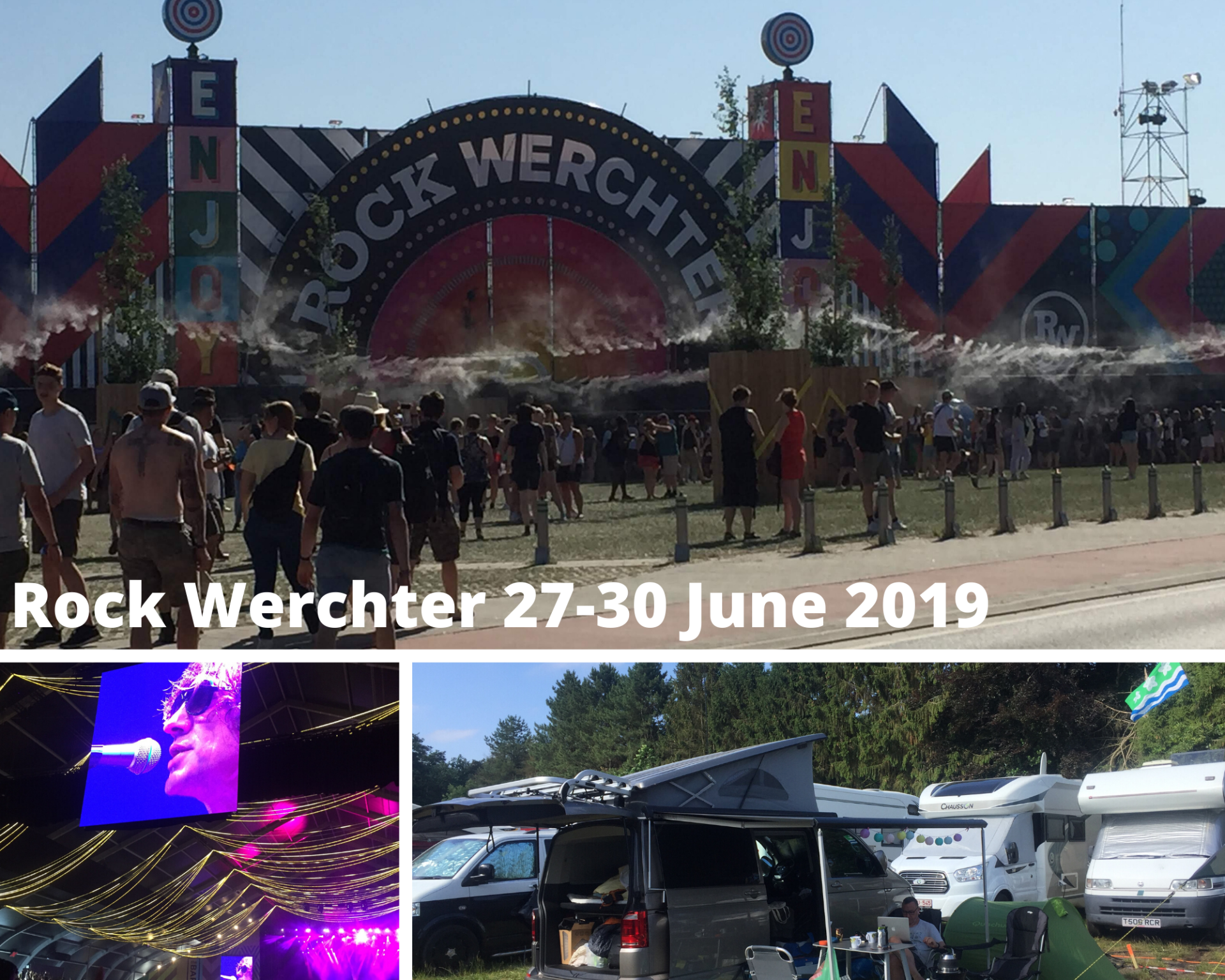Wild Atlantic Way Part 1
Navigating Ireland’s Wild Atlantic Way one microbrewery at a time - May 2019
Clonakilty
When on the WAW one has to constantly remind oneself that the entire route is full of spectacular spots in order to force oneself to leave one and head to the next. So on we travelled west (a little!) making a temporary home for ourselves in Timoleague. From our base there we explored nearby Clonakilty which was named the "Best Town in Ireland and the UK" in 2017 at The Urbanism Awards (look it up!). Once there it would've been remiss not to head into the renowned De Barra's for a pint, which we duly did. Not as long established as De Barra's is the Clonakilty Brewing Company, founded in 2016. These guys have three core beers; Tojo American Pale Ale, Smuggler Irish Porter and Inchydoney Blonde, but also produce one-off brews from time to time, particularly with a view to pairing with local food.
Baltimore
Next stop, Baltimore on Roaring Water Bay - a far prettier place than its namesake across the pond! (Have you ever seen 'The Wire'?). If one had the time, a trip out to Cape Clear and Sherkin islands would be a must but we were here for the beer, remember? In a raid on the village by Barbary pirates in 1631 almost all the villagers in this tiny port, 107 it is reckoned, were captured and sold into slavery in what is today Algeria. There's even a pub in the village called Algiers Inn - which reminds us, back to the beers! Founded in 2014, West Cork Brewing is another small brewery that offers a big selection. They have a pale ale, a rye IPA, a dark red ale, an "imperial rum and raisin red ale", a stout and even a "coffee, oatmeal & chocolate stout".
Killarney
We realised very early on this journey that we needed a lot more time! One could probably do a reasonable job of the WAW in a couple of weeks or so but adding in the craft breweries we should have allowed at least 6 months! In County Cork alone there are 8 micro-breweries (plus the big Murphy's-Heineken one in Cork city). We consoled ourselves by noting that not all are actually on the WAW and so didn't 'fall within our remit', and so on to Co. Kerry we went! The scenery in Killarney is such that one could be forgiven for believing they had landed in New Zealand, but yet it couldn't be much more Irish. The Killarney Brewing Company has a bit of an international element to it however with the head brewer hailing from New Jersey and all the brewing equipment being imported from Germany, known of course for its very exacting standards when it comes to beer. Brewing began in 2015 and their core range includes a German-style helles lager, a blonde ale, two IPAs, an Irish red ale and an extra stout. They also produce three seasonal beers.
Killorglin
At this stage we knew we'd never make it all the way to Malin Head but figured we 'might as well be hung for a sheep as for a lamb' - or a goat even - and travelled the short distance to Killorglin, home of the ancient Puck Fair where a wild goat is captured and crowned "King Puck" for three days every year in the month of August, after which time he is brought back to his mountain home and released. In 2014 Crafty Divils, a local husband and wife team, started brewing commercially after some years perfecting their art brewing at home. They produce two core beers: King Puck Irish Pale Ale and Iron Bridge Amber Ale.
Dingle
Now we were heading in the wrong direction altogether, down the Dingle Peninsula to the town of An Daingean (as it's called as Gaeilge, or Dingle in English). Most of the Dingle Peninsula lies within the Gaeltacht, which means Irish is still the language spoken here. As time goes by the Gaeilge loses a little more ground every year but back in 1899 when Dick Mack's pub opened you would have met people who had little or no English. A great example of an old dual-function Irish pub, this pub has remained in the same family since it opened. Typically pubs would often double up as the grocery store, or very often the undertaker, but in the case of Dick Mack's half of the premises is a leather shop so if you get the urge to have a new belt made while you're drinking your pint, you're in the right place!
They're characters down here in Kerry and they could probably have sold sand to the Algerian pirates who kidnapped the village in Baltimore that time! The Brewhouse building itself was originally built in 1850 but was initially used as a cowhouse and the heat from the cattle was taken advantage of to dry sheeps wool in the loft above. Crafty or what! When the pub opened the brewhouse was used for kegs and bottles but it wasn't until recently that the real crafty business began. With equipment brought in from the same German suppliers as the Killarney crowd, brewing began in 2015. Amongst their brews they have a coffee stout, an amber ale, a pale ale and a session IPA.
Share this post
